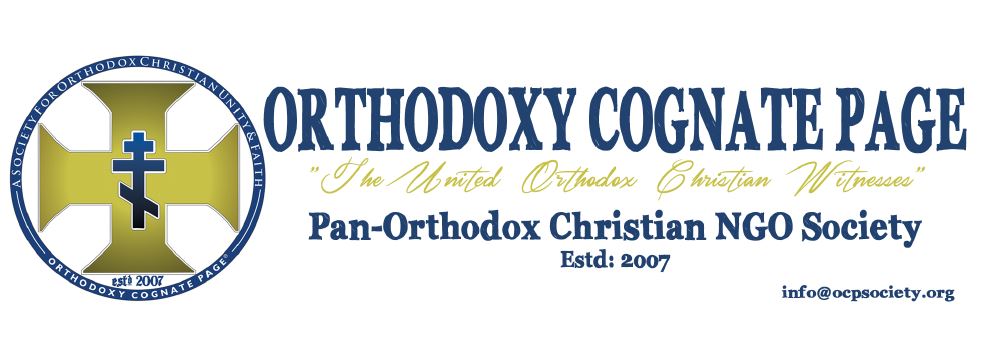The Assyrian Genocide By Ottoman Turkey
By Hermiz Shahen
Family World News
Assyrian International News Agency
Assyrians are the indigenous people of Iraq, Turkey, Iran, Syria and Lebanon. , who have a history that spans over 7000 years. Today’s Assyrians are the descendants of the ancient Assyrian Empire that was one of the earliest civilizations to emerge in Mesopotamia.
The Assyrian language is classical Syriac, an offshoot of Aramaic, the language Jesus Christ spoke. The Christian Assyrian nation has five apostolic churches; the three major being the Assyrian Church of the East, the Chaldean Church and the Syrian Orthodox Church.
Following the resurrection of our Lord Jesus Christ, Assyrians were one of the first nations to convert to Christianity, tracing its roots to the first and oldest Church, the Holy Apostolic Catholic Assyrian Church of the East which was founded by Saint Thomas the Apostle as well as Saints Mari and Addai, The Church of the East had been an active evangelical church, spreading the teaching of Christ peacefully further east to Asia.
Since the collapse of the Assyrian Empire in 612 BC, colonisation of their lands by various powers has been a common occurrence, with each wave of such colonisation causing more land losses, more human losses and more tragedies for the Assyrians.
However, the twentieth century was to be the darkest chapter in the history of the Assyrians. Those few millions who had withstood the melting process of the millennia, and had remained homogeneous in their ancestral homeland, became the victims of one of the worst Assyrian genocides in the early part of the 20th century by the Ottomans Empire that dominated most of the Middle East from fifteenth century to the first part of the twentieth century, which completely reshaped the destiny of the Assyrian people.
In 1842 Assyrians living in the mountains of Hakkari South East of Turkey faced a massive attack by a Kurdish Leader advancing from East, which resulted in the death of tens of thousands of Christian Assyrians and occupying their lands.
1895-1896, witnessed the Assyrian massacres in Diyarbakir, Hasankeyef, Sivas and other parts of Anatolia, by Sultan Abdul Hamid II. These attacks caused the
death of over 55,000 Assyrians and the forced Ottomanisation of a further 100,000 Assyrians – the inhabitants of 245 villages. A further 100,000 Assyrian women and children were forced into Turkish harems. The Turkish troops looted the remains of the Assyrian settlements. Assyrians were raped, tortured and murdered.
In 1911, the Young Turk “Committee for Unity and Progress” declared its goal to “Turkify” all Ottoman subjects. This implementation of the Pan-Turkic program and ideology can be described as the “Dark Period” of ethnic and religious “cleansing” of the Assyrians, Greeks and Armenians in the Ottoman Empire, without fear of international condemnation and political reprisals.
Prior to WWI Assyrians lived as one nation numbering a million and half, and inhabiting about 750 villages across the Taurus mountains, Tur Abdin, Hakkari, Botan and Tigris areas. Assyrians also lived in the larger towns of Urhai, Diyarbakir, Mardin, Mosul, Aleppo and Damascus.
When Turkey entered the war in November 1914, the Assyrians were filled with hope. Those that lived in Turkish Mesopotamia and Persia thought that liberation was imminent. It was a time of promises for an independent statehood in the sacred soil of their ancestors. To that end, Assyrians subjected to hundreds of years of continuous persecution and massacres, sided with the allies for protection, first with the Russians from May 1915 to October 1917, then with the British forces following the Bolshevik Revolution. Instead of liberation they were subjected to the genocide of their people, and the loss of more than two-thirds of their then estimated 1.5 million populations.
Documents, historical materials and diaries of eye witness accounts convey of the beating of little children with stones, dismembered bodies of women and girls who refused to be raped, the beheading of men, those who refused to convert to Islam and the burning and skinning alive of priests, nuns and deacons.
As WWI came to an end, preparations began to settle all disputes between the winning Allied Powers and the losing Central Powers. At the 1919 Paris Peace Conference, under Article 22 of the League of Nations Covenant, Iraq was formally made a Class “A” mandate country entrusted to Britain. Here the British continued to show the Assyrians that they were going to keep their promise they have made to the Assyrians, who served the Allies throughout the Great War, including the issue of a homeland. the thought of a betrayal did not trigger the Assyrians’ mind. But it would become clear in 1932 when the mandate was terminated and Iraq was admitted to the League of Nations that the policy of the
Colonial Britain has been anything but honorable, as admitted by many British officials.
Source:
